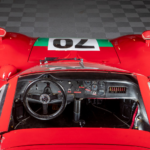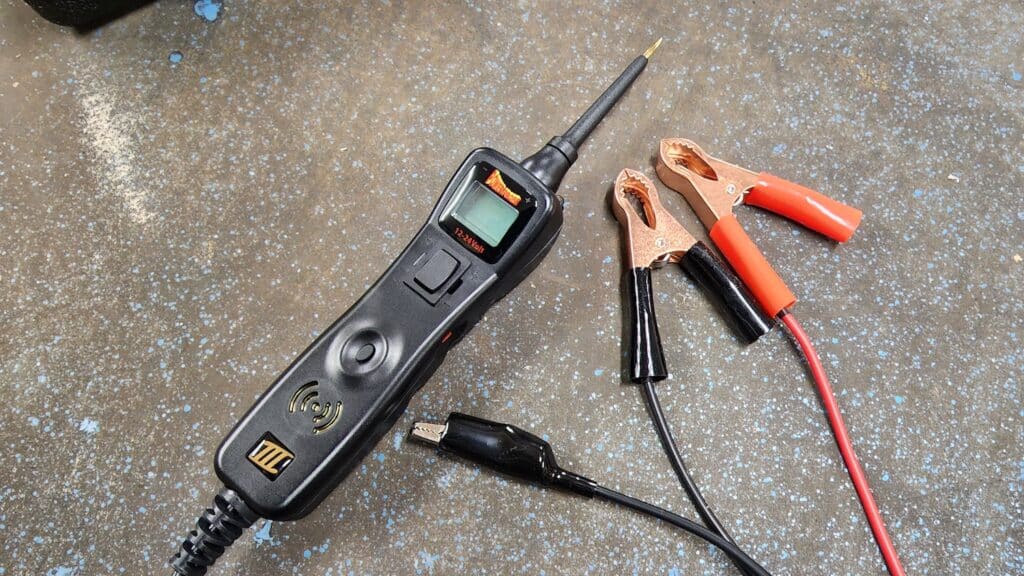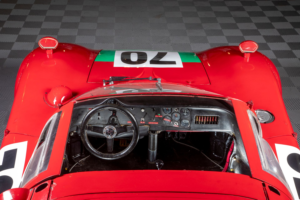If you have a classic car, you probably have wiring issues from time to time. From bad grounds to burned-up relays or broken wire connections, all kinds of electrical gremlins can pop up in a car that’s seen more than a few decades of service already. It’s just part of the experience.

You could take your car to a shop to solve these problems, or you could try to solve them yourself, depending on your skillset, available time and tolerance of all things wiring.
For you DIYers, a good test light and a decent multi-meter are extremely valuable in the things that they can tell you. But there are new tools on the market today that help out here, too. Last year, I bought a new wiring diagnostic tool that I’ve found even more useful than the old standards. That tool is the Power Probe.
The Power Probe is unique in that it’s a powered wiring diagnostic tool — connect it to your car’s battery, hook up the provided ground strap, and then you’ve got the ability to feed either 12-volt power or a ground feed into any circuit via a rocker switch on the tool’s handle.
If that’s too techy for you, think of it this way: This tool allows you to power up individual circuits in your car without turning on every circuit. It also allows you to choose where to apply power — which can really help when trying to find a broken connection, bad switch or fried component.
This thing has internal circuit protection as part of the package — no worrying about hooking something up backwards or putting power where it doesn’t belong and damaging something. It also has a built in voltmeter and a set of LED lights to help illuminate your way.
Here’s a real-world example of how it’s useful: Just this past week, my flatbed car trailer’s plug was damaged beyond repair. I didn’t have a wiring diagram to work off of while replacing it.
Instead of guessing what trailer wire did what based off their color, I used the Power Probe, connected to the battery in my tow vehicle, to individually power up each wire — left turn signal, right turn signal, running lights and ground — so I could be sure which wire did which task. After that, installing a new plug took just a few minutes.
Later that same day, I used it to power up a few circuits in my father’s ’68 Camaro project to be sure we had good positive connections, good bulbs and good grounds. I verified that all the console backlighting worked before we finished assembling the console, and without ever needing to hook up the battery or turn on the headlights. That’s a pretty neat trick.

It’s great for testing components on the bench, too, from wiper motors to horns, lights, heater motors, etc. I’ve been pulling it out for all kinds of things, including verifying that I had my truck project’s headlight and taillight wiring set up properly before I installed the battery.
Now, this isn’t the kind of tool you’ll carry around with you everywhere, but if you’re into restoration work, it’s the kind of tool that will be useful in any number of ways — and will be a serious time-saver when you do pull it out.













More Stories
The Future of Muscle
Finding GM Gold
Snapshots from Monterey